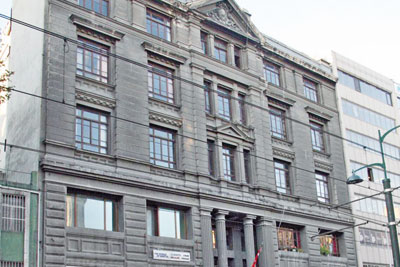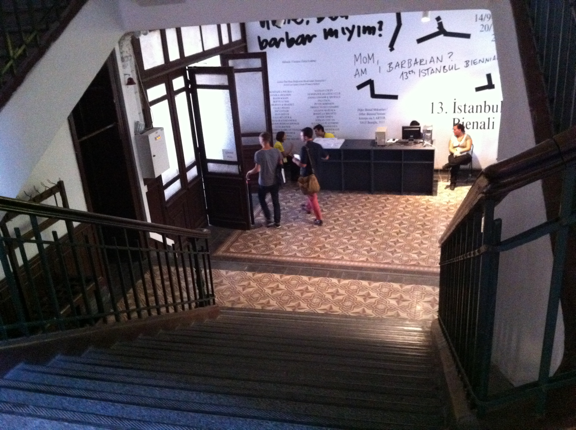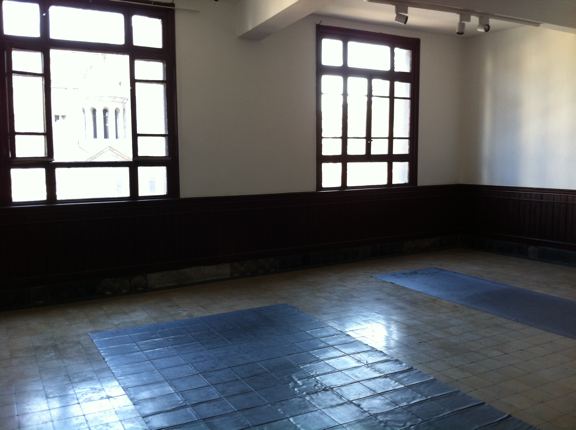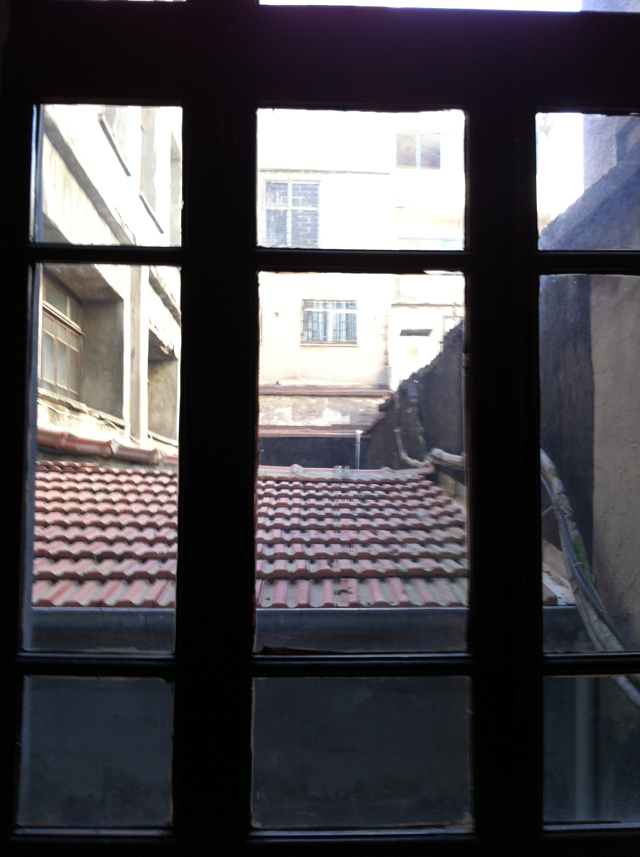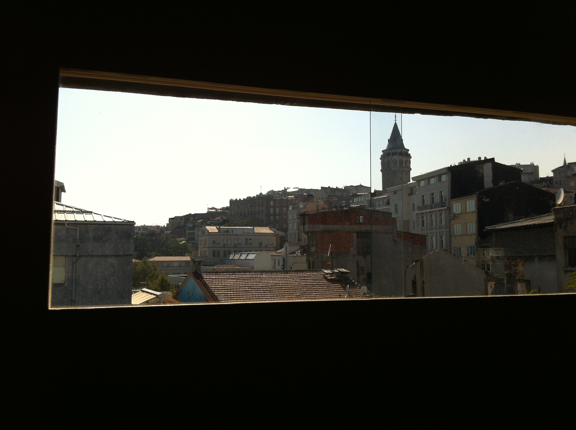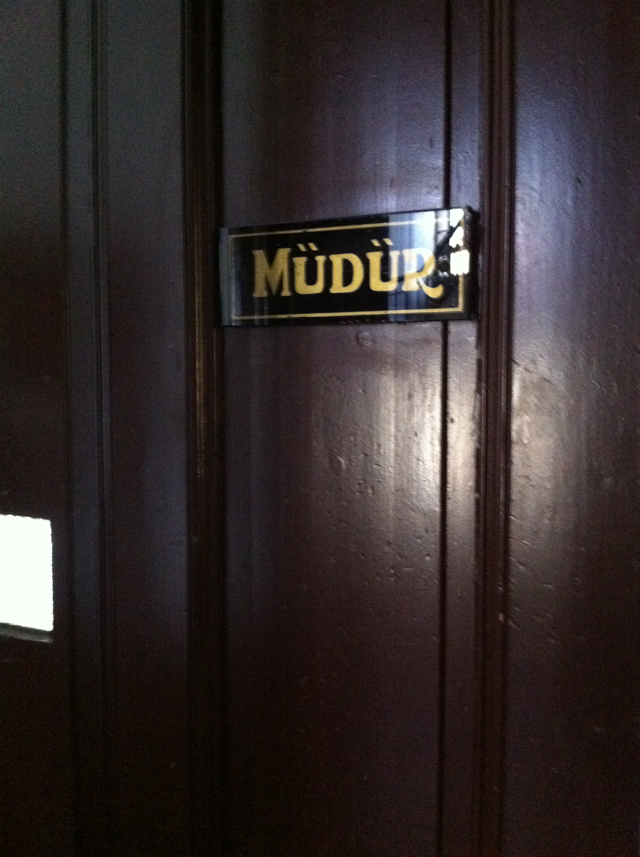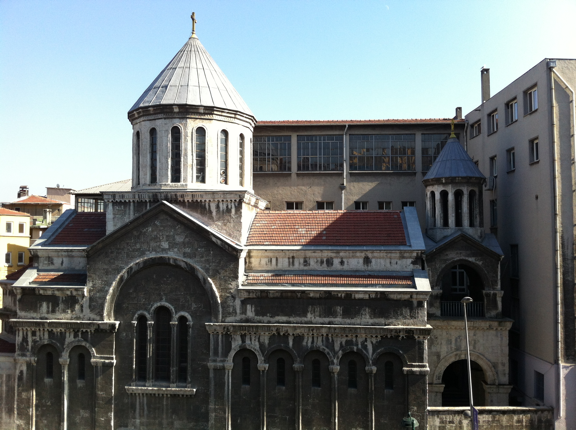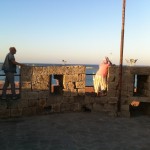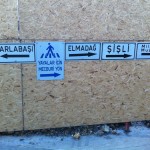Galata Greek Primary School
The school is used as a Biennial venue for the second time. The exodus of the Greek population of Turkey started after the foundation of the republic. A pogrom against the greek population in 1955 made lots of Istanbulian greeks leave. The schools were left behind orphaned.
Galata is on the European side of Istanbul both geographically and culturally. It was established as a western, Latin and Catholic colony right next to ancient Constantinople, capital of the Eastern Orthodox Byzantine Empire. Its governments changed hands between Venetians and Genoese, but it always remained Latin and Catholic. After the conquest of Istanbul, Sultan Mehmed the Conqueror made it a residential area for Greeks and Jews. Even though this made Galata a non-Latin place, it was still a non-Muslim area next to the capital of Islam.
Galata has been a very active business center since its establishment. It also was a night-life center with its taverns which attracted the Muslim population, too. But Galata lived its golden years during the second half of the 19lh century. Foreigners and minorities gained some new rights with sultan Abdulmecid’s political reforms of 1839 in addition to the capitulations.This quickly created wealth and enhancement for Galata.
In 1860 the small area inside the Genoese walls was not large enough for Galata. So, the walls were destroyed and Galata was enlarged. “Grand Rue de Pera” (today’s Istiklal Street) as called by Levantines, became a luxury district. First, there were foreign embassies and churches. Then, big houses, luxury apartments, shopping centers, and entertainment and art centers were built on Istiklal Street. Residential houses followed this. And schools like the Galata Greek Primary School did as well.
Related Posts
Tags: 13. Istanbul Biennial, Footprints, Istanbul, Places, Sabine Küper-Büsch, The Passenger, urban chant
Trackback from your site.

